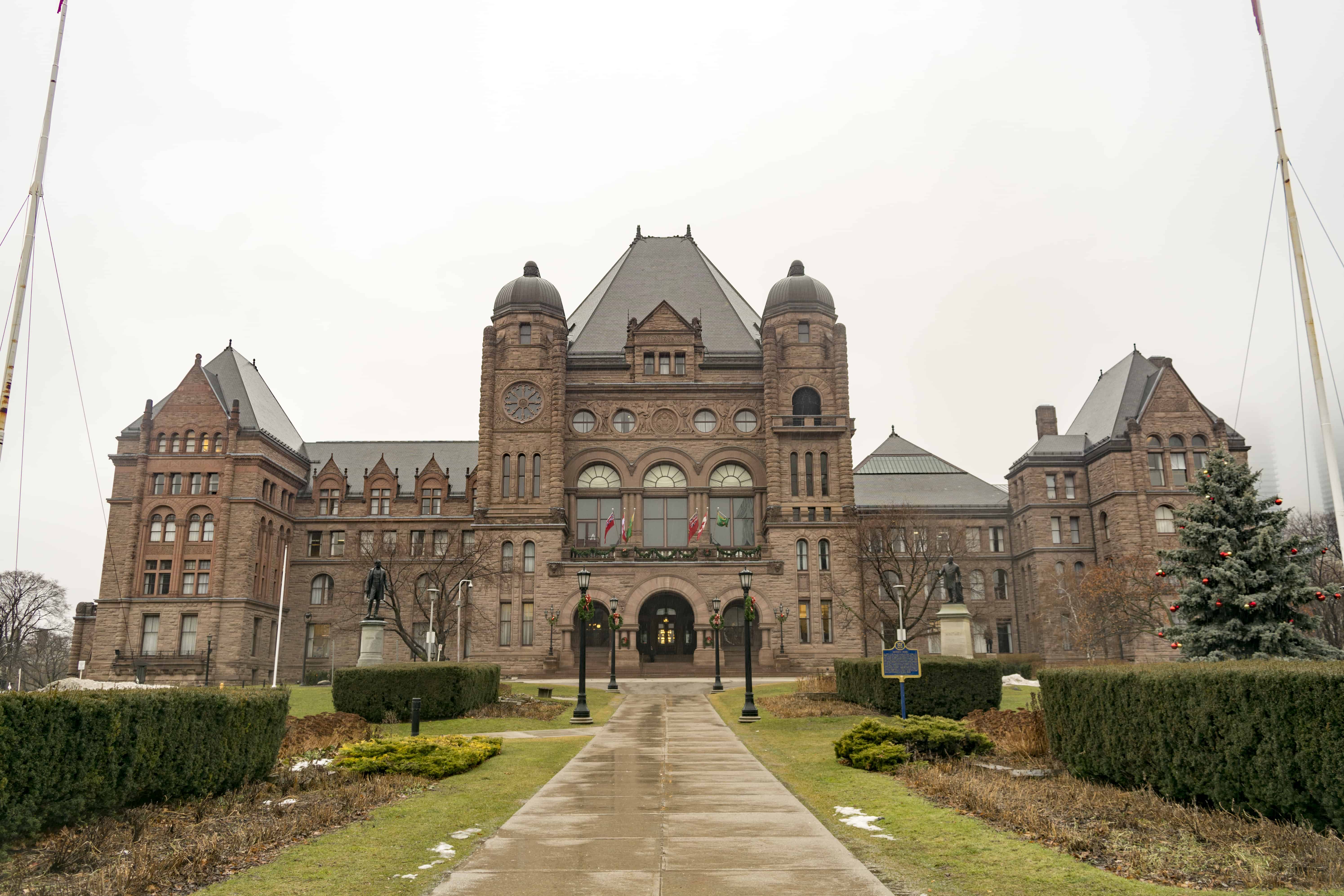The Province of Ontario released its first balanced budget in nearly a decade this Thursday. The budget features no raises in corporate or individual taxes and pours billions of dollars in spending on health care for youth.
Here is a quick look at the highlights of this year’s budget.
Healthcare
One of the major initiatives included in this year’s budget is OHIP+, a program that promises to fully cover the cost of prescription medications for all individuals aged 24 and under. Due to roll out on January 1, 2018, the free pharmacare program is projected to cost $465 million per year. This figure was not found in the official budget document but was iterated to members of the press attending the 2017 Ontario Budget Media Lockup.
4400 different drugs are expected to be covered under OHIP+. According to the Ministry of Finance, this will include “medications to treat most acute conditions, common chronic conditions, childhood cancers and other diseases.”
The Ontario Liberal Party claims this program is the first of its kind in Canada, and that it will “ensure that young adults have access to universal drug coverage and parents never have to choose between paying for their children’s prescription drugs and providing other essentials.”
“It’s about ensuring we provide for more of our citizens and more of our people,” said Sousa.
Both the Progressive Conservatives (PC) and New Democratic Party (NDP) have criticized the Liberals for not including universal pharmacare coverage for all ages. “I want to make sure that those precious taxpayer dollars are going to the people that really need it,” said PC leader Patrick Brown, citing “millionaire families that have no problem with drug access,” as those who should not be covered under the Liberal’s pharmacare plan.
Post-Secondary Education and Jobs Growth
The budget also details an “additional investment of $6.4 billion over three years” in education, highlighted by apprenticeship supports, employment services, and the newly introduced Career Kick-Start Strategy.
The proposed initiative will provide about $190 million over three years to create 40,000 “work-related opportunities for students and recent graduates” to help them find gainful employment. The Liberals plan to spend $600 million more in the Postsecondary and Training sector than the last budget.
There are also changes being made to the Ontario Student Assistance Program (OSAP); the minimum salary to start repaying OSAP loans is now $35,000, increased from $25,000. The Liberals also plan to remove financial barriers that hinder Indigenous students’ ability to pursue postsecondary studies.
Housing and Basic Income
Job insecurity in the form of non-standard employment and part-time work has led the Ontario government to implement measures intended to stabilize incomes. In the budget, the Liberals detailed their plans for a Basic Income Pilot, which was first announced in the 2016 Budget.
Basic Income will become available for voluntary participants in Hamilton, Thunder Bay, and Lindsay. People earning below a specified amount per year will receive payments from the government for basic needs such as housing and food, says the budget. The document does not detail what specified amount will be required to receive Basic Income.
This measure has garnered international attention as governments around the world watch for its success.
The province is also looking to expand rent control to all private rental units, and will also be introducing legislation in the form of the “Rental Fairness Act,” which sees that landlords compensate tenants who they evict based on the “landlord’s own use provision.” The budget document states that these measures are “part of the government’s plan to address rising housing costs.”
Anti-Racism
The Budget also features some equity-focused initiatives. In March, the provincial government released A Better Way Forward: Ontario’s 3-Year Anti-Racism Strategic Plan in March 2017. The plan intends to collect race-based data in several institutions, including the justice system, health sector, and education sector. It also includes the Ontario Black Youth Action Plan, which allocates $47 million over four years to address disparities and increase opportunities for Black youth and their families.
Indigenous-focused anti-racism programs will receive $4 million over two years. Over the next two years, $3 million a year will go towards Multicultural Community Capacity Grant, which will fund initiatives to help immigrants, refugees, and ethnic communities to “navigate barriers and advance towards full integration and participation in Ontario.”


